When I got this Victorian 1880’s oil painting from a friend/client (Thom Gianetto at Edenhurst Gallery) I thought the yellowed varnish would be an easy/quick, safe (for the painting) removal. After 40 years of cleaning paintings, you would think that I could just “eye ball” it… but its better to be humble and ere on the side of caution.
Some people think that cleaning a painting is a per square inch type of estimating and that I should be able to do it over the phone. But to clean an old oil painting safely, we need to do solubility tests with each of the solvents we might use to make sure they dissolve the varnish without dissolving the original paint! Sometimes we use a head-mounted magnifier to get a closer look and sometimes we use a stereobinocular microscope! Varnish qualities vary widely and just when you think it looks “normal” you find that the varnish in question won’t come off with the usual stand bys.
I thought this painting would take about $300 in time and materials to clean but instead, it resisted and took about $1,200.00 in time and materials to clean completely (no yellowed varnish left behind) and safely (no adverse affects on the original paint). So, as you can see, the cleaning process (as are some of the other art conservation treatments) requires, sometimes, a “discovery process.” Most of the time, however, we nail the estimate up front but some of you may be happy to know that the “unknown factor” happens to me too when I work on my artwork.
The “take away” for you from this article is a better knowledge of the estimating and discovery process when cleaning a painting. That may help you to have a better conversation when you talk to an art conservator.
Would you please give this blog post a THUMBS UP? Thanks!
To see the article on lining and framing this painting, CLICK HERE
Art conservation questions? Call Scott M. Haskins 805 564 3438
Art and antiques appraisal questions? Call Richard Holgate, FACL Appraisals 805 895 5121
Call Thom Gianetto, Edenhurst Gallery 949 376 9222 or go to the gallery website at http://www.edenhurstgallery.com for Early California Impressionist and Modernist Paintings
Scott M. Haskins was recognized recently as the Number 1 Art Expert to follow on Twitter for Insurance Adjusters (Follow best_artdoc): http://www.evancarmichael.com/Business-Coach/4492/July-2012-Top-100-Insurance-Experts-to-Follow-on-Twitter.html
Be our friend on Facebook: “Fine Art Conservation”, “Tips For Art Collectors”, “Scott M. Haskins”, “Mural Art Conservation”

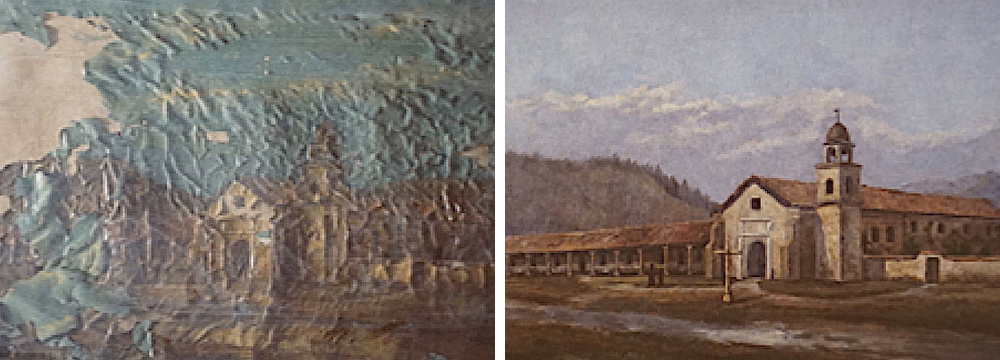

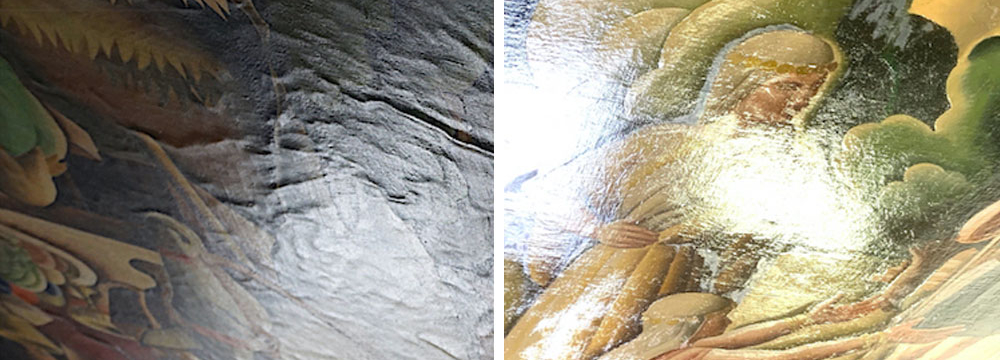
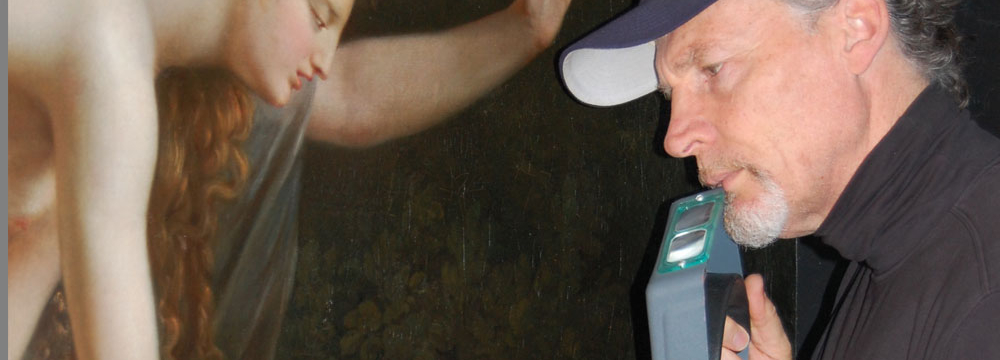
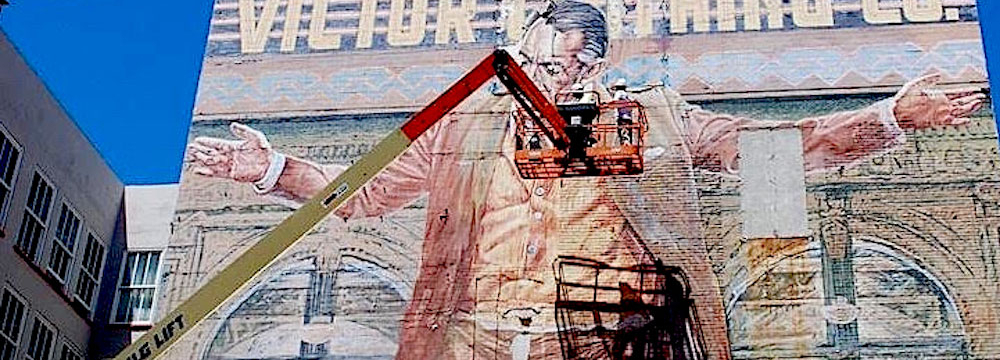
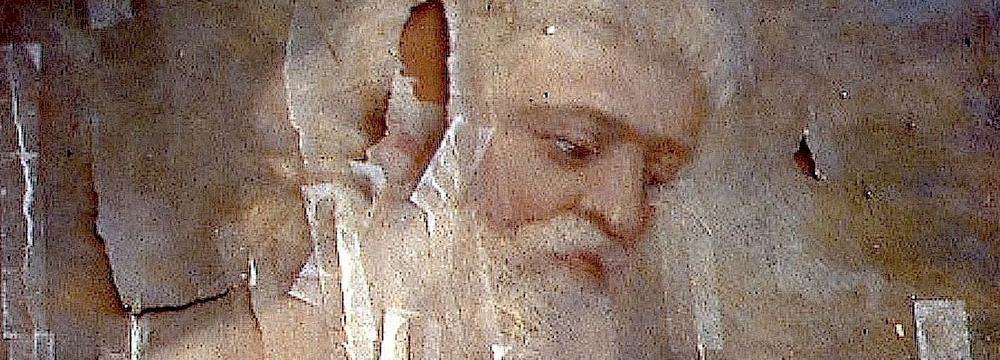
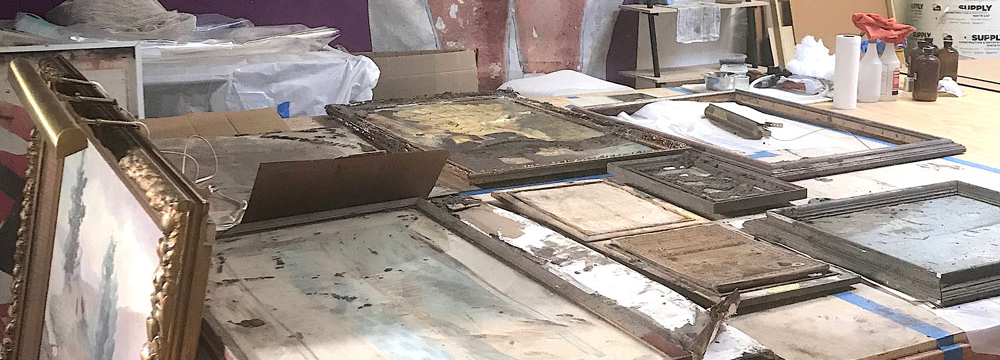

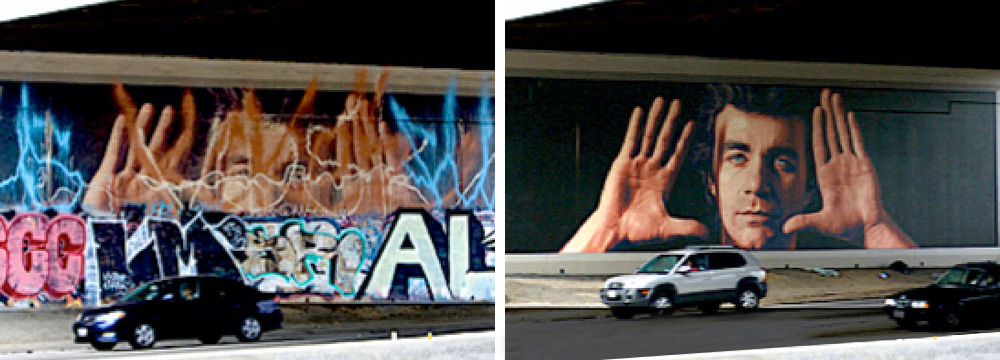
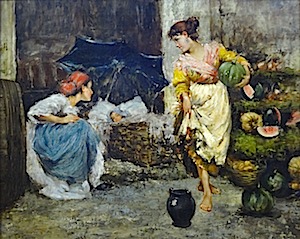
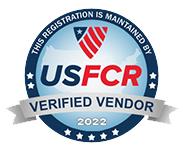
Hi,
I would like you to help me with conservation of 5 paintings in my
daughters house and i will like to know if you can handle the work if
it is shipped to your addrress, also do you accept credit card or
paypal for payment?
Please get back to me as soon as you can so that we can proceed and i
can arrange how the paintings will be shipped to your address and i ca
get you paid for the service
Looking forward to hearing from you soon
Best
Dear Kristy,
Thanks for reaching out. Yes, we can help you. We work with people weekly that do exactly what you are asking to do. Yes, you can pay with credit card.
Where do you live? We have a wide reach. Perhaps you would like to talk on the phone? Let’s talk Monday, if you like.
Scott M. Haskins 805 564 3438
This is a very interesting read…I always wondered how you cleaned a painting. Thanks very for sharing 🙂
I love this post about cleaning a painting – self portrait. I love to read these types of behind the scenes articles. Thanks.
Well it’s good to know that even the pro’s don’t always get it right the first time. I’m in the fire damage recovery field and discovery is a normal process. The “unknown factor” can be quite a pain.
I really loved reading your post. It is very informative and very useful for me because I studied art history in school.
In my MFA program we discussed of course art conservation and the processes but the idea of hands on work of cleaning a painting seems to be a high risk job. Arn’t a lot of paintings ruined? I understand that there is a masters program specifically for this field? Proper knowledge on how to do this stuff is really important.
Thanks Josh for the comment. Yes, sadly, more paintings are ruined by inept restoration/cleaning than by floods, earthquakes and other natural disasters, its estimated. There are masters degree equivalent programs in most industrialized countries of the world and the studies are specialized in one type or class of art. For instance, one would study just painting conservation or paper or artifacts/objects or furniture.
Great post!! This restoration work is very interesting and it looks like you know what you are doing. I’ve been looking at some of your videos on YouTube too and need to call you. Even though I’m located above Toronto, I’m hoping we can chat about a problem I have with a valuable painting. I’ve gotten very poor service with our local restorers.
Tom, feel free to give me a call at 805 564 3438 CA Pacific time zone.
I have to tell you a story. My grandmother had a painting she cherished and it was in need of restoration. The painting was in WORSE condition after it was restored. I can’t remember but what you had described in your post may have been the reason for that. I do remember she said it was a super expensive job. This was back in the 80’s so I can’t remember all of the details but after reading your post, it rings a lot of bells about that.
In order to well in this job you would have to be excellent with detail and not be prone to tremors. If you make one wrong move I can certainly see how the whole project would be ruined. I have a lot of admiration who has the patience and skill to do this well. I know I could not.
I would love to know what happens in a situation where the whole thing needs to be redone after one mess up. Because from what I had read, it sounds like all it would take is one botch up to ruin the project.
I can only imagine the “discoveries” that are made along the way of a cleaning process. When you think that you have the issue taken care of, another one pops up. So no wonder it can become a very expensive job. But Scott, it sounds like you are passionate about your work so I am sure you don’t mind a challenge every now and then 🙂
I knew that cleaning up paintings was a major job. However what is involved is incredible. It is no wonder it is an expensive job. What happens if one little area is not done properly? What happens to the painting?
Lara, art conservation ethics requires that you don’t put the painting through a process that is “all or nothing.” In other words, the painting in never in danger of being ruined. Cleaning a painting in done in small sections of, sometimes, 1 or 2 inches at a time. If the cleaning is not going well, the professional conservator stops and neutralizes the prccess and all is safe.
I never believed that you could fix a painting over the phone. If you wanted your painting to be fixed completely, it needs a check up right then and there. I am sure fixing the painting is a delicate job and any little mess up can really ruin the job. It is no wonder it is costly. It takes time and the best focus anyone can have. You are awesome Scott.
Of course it won’t be a cheap job. Think about the labor involved when it comes to cleaning delicate paintings. I am not sure how anyone can really wonder why it is an expensive job. You need 100% pure focus while doing this job, because one little botch up and ruin everything else.
Thanks for the informative post. I didn’t know cleaning paintings is so costly and needs delicate work but I’m happy there are people we can rely on to clean the paintings.
Thanks for commenting Rachel, Janitorial services that encounter damaged art, antiques, collectibles etc are not known for being careful, handling the items properly or choosing the restoration specialist with the greatest care. So, I’m glad you have, perhaps, seen the benefit of professional help instead of quick, easy and cheap fixer-uppers. Regarding the cost, as I stated before for Andrew: Ah! The question about the work being costly… If you have a valuable work of art… or car… or even your house and the repair work is done wrong, what does it do to the value? Even if your painting is a treasured family ancestral portrait worth very little on the market, do you want it to look right? We just charged a lady $1,850.00 to work on the portrait of her grandfather. Much of that price was to UNDO TWO PREVIOUS BOTCHED JOBS by other restorers that she was totally unhappy with. Of course, now that we returned it to her looking perfect, she thinks we walk on water. Stay tuned on this blog… I’m going to post about this soon with photos etc or I may even make a video about it.
I knew it was not an easy task to clean up a painting but after reading this article I had no idea what a difficult job it really is. Not to mention, costly.
Ah! The question about the work being costly… If you have a valuable work of art… or car… or even your house and the repair work is done wrong, what does it do to the value? Even if your painting is a treasured family ancestral portrait worth very little on the market, do you want it to look right? We just charged a lady $1,850.00 to work on the portrait of her grandfather. Much of that price was to UNDO TWO PREVIOUS BOTCHED JOBS by other restorers that she was totally unhappy with. Of course, now that we returned it to her looking perfect, she thinks we walk on water. Stay tuned on this blog… I’m going to post about this soon with photos etc or I may even make a video about it.
Very eye opening. I realized that doing this kind of cleaning on a painting would require a careful plan but I did not know that if one area was botched up, it could create further complications. Restoring art is such a delicate job to do. Even though it is challenging I know you love it since you are truly passionate about it Scott.
It does not surprise me that cleaning a painting would be that tricky and not to mention costly to do. And I can only imagine that even the renown experts in restoration would even have very tricky moments when it comes to cleaning a painting. One little mess up would do a lot of damage and then what happens next? I mean what happens if some of the original paint is botched up? How can that be fixed?